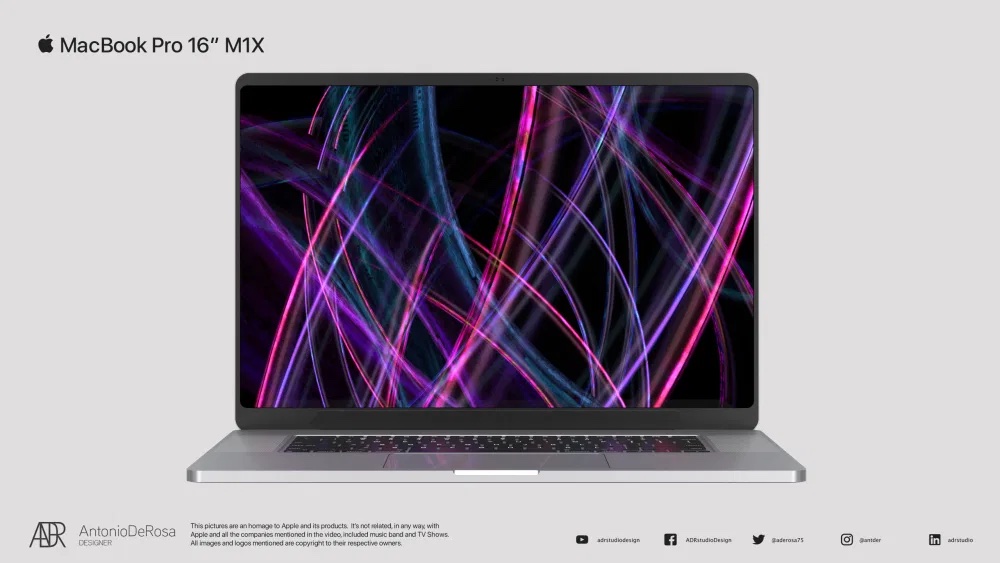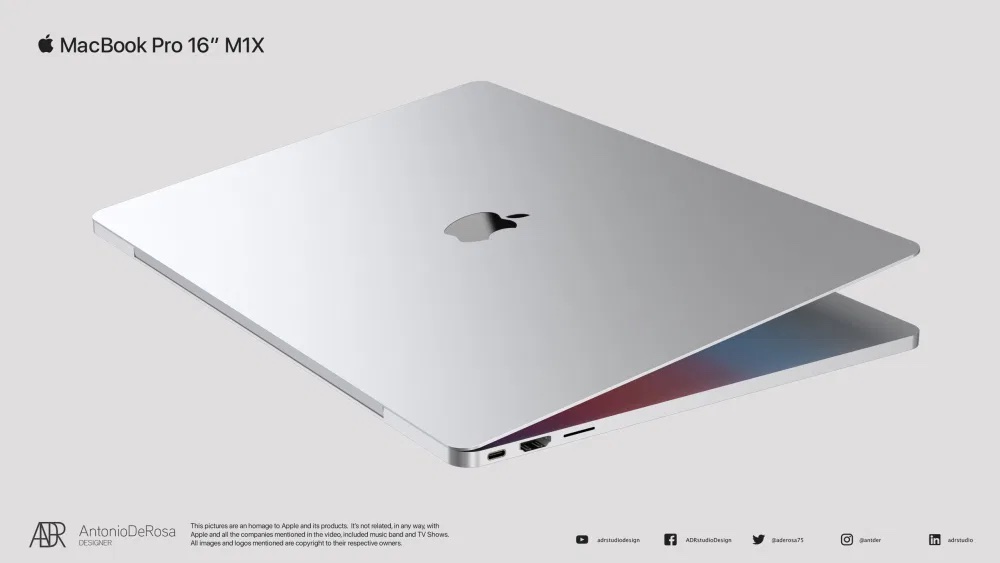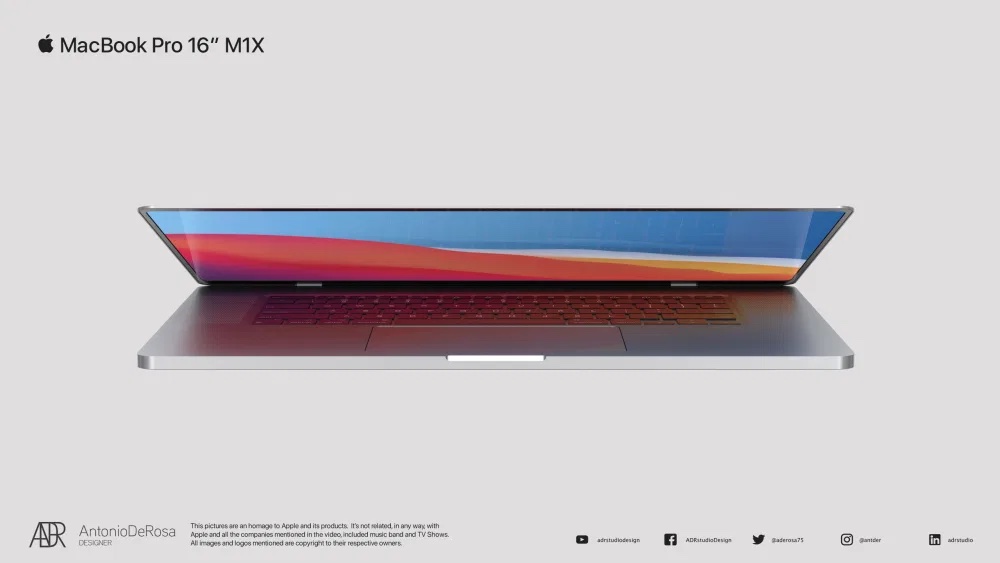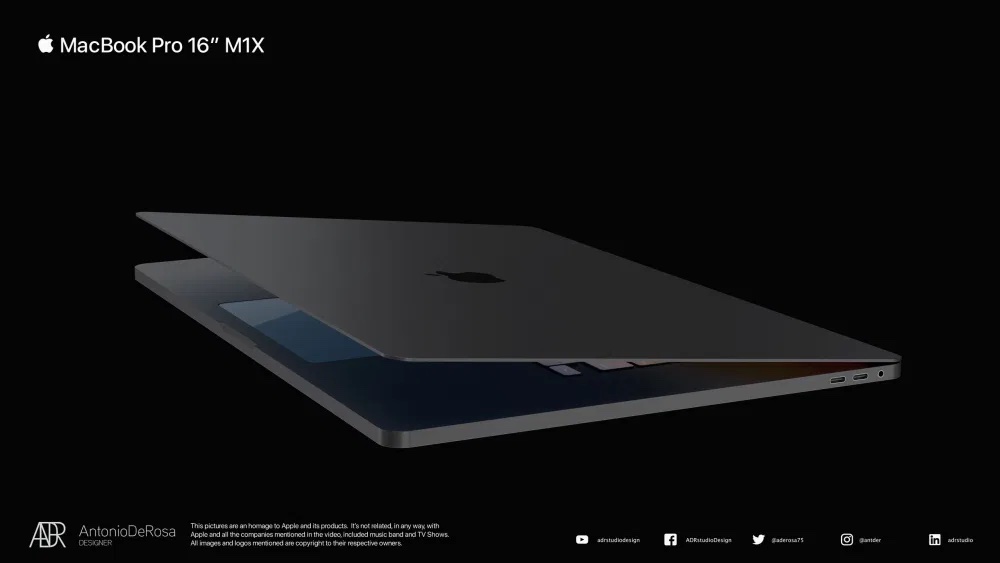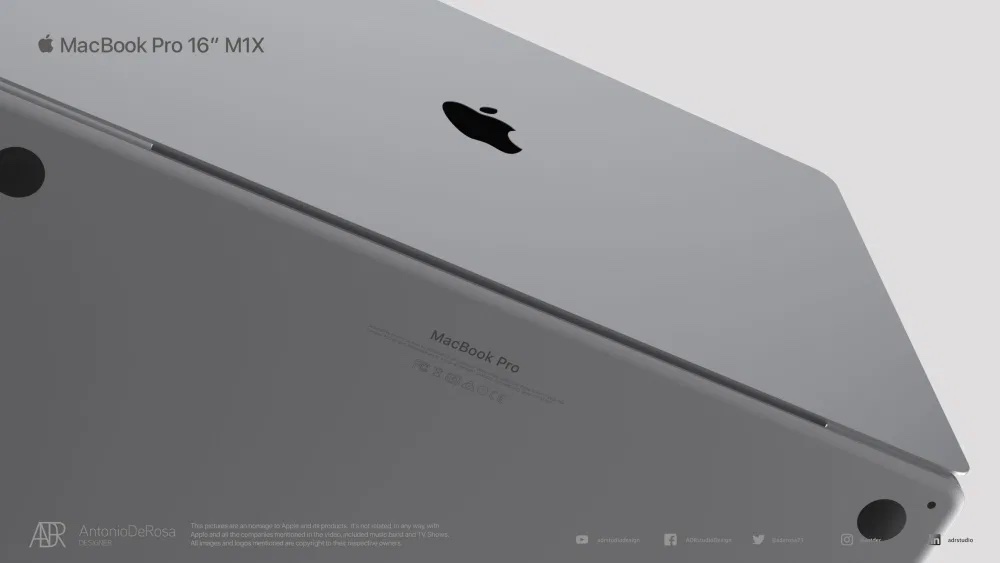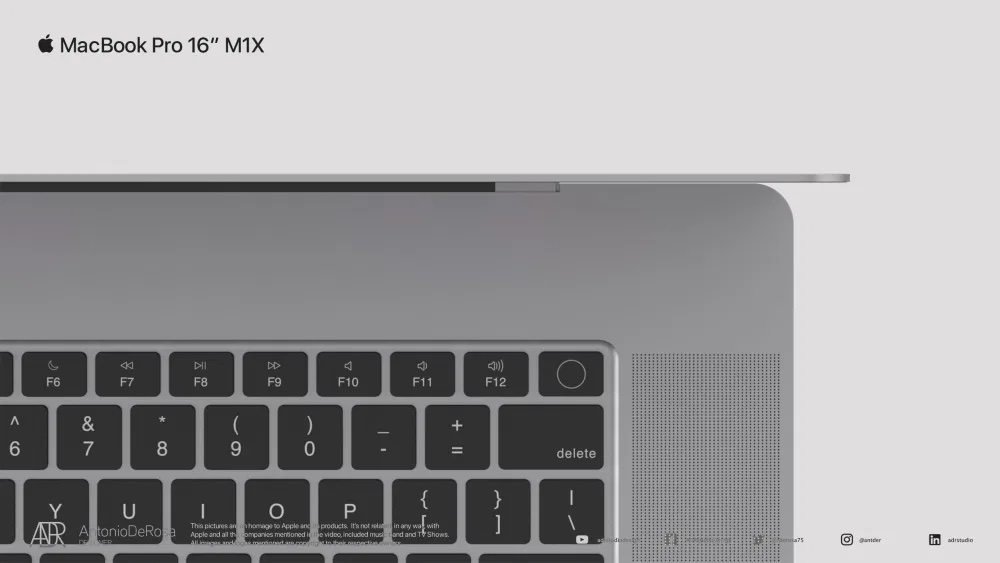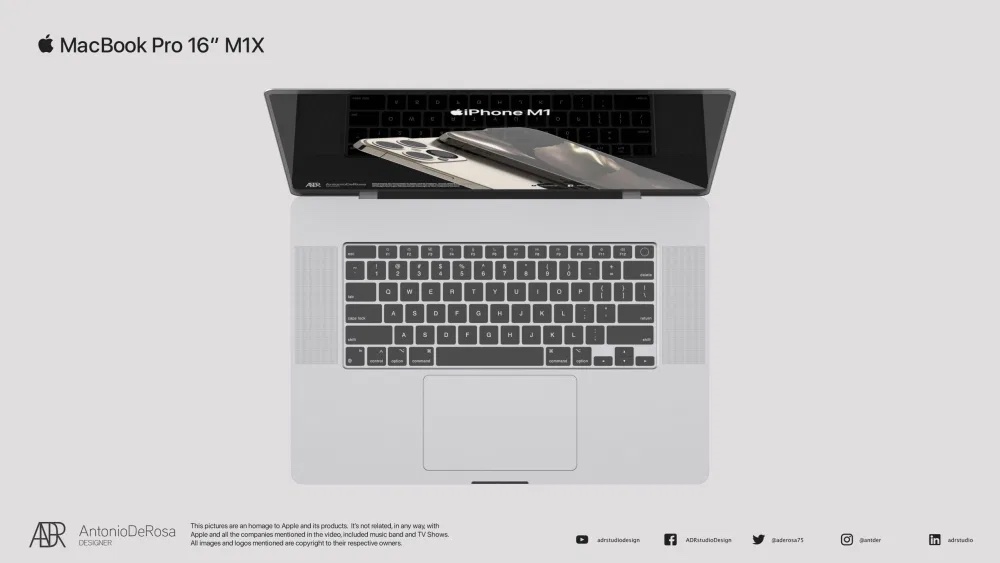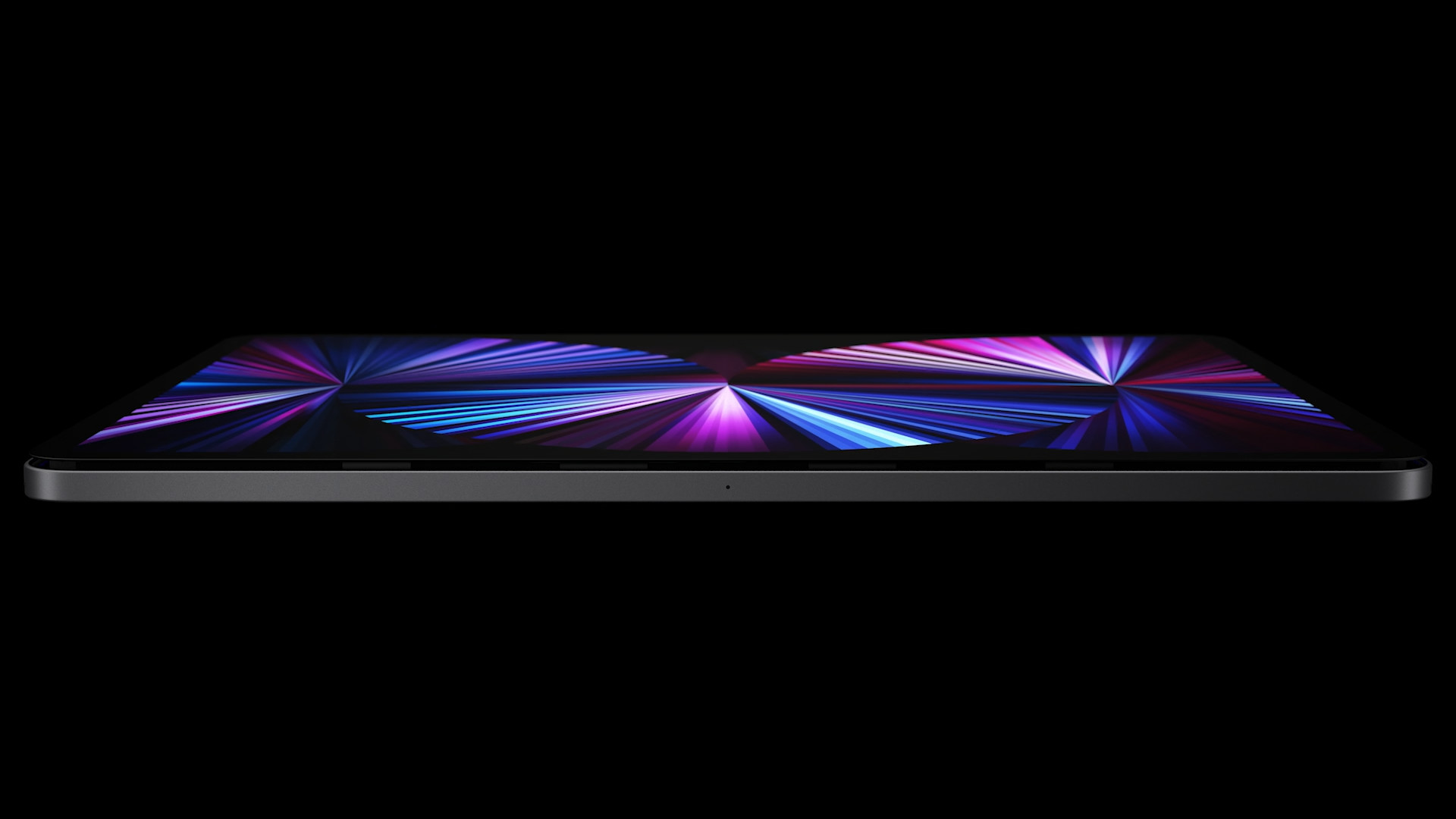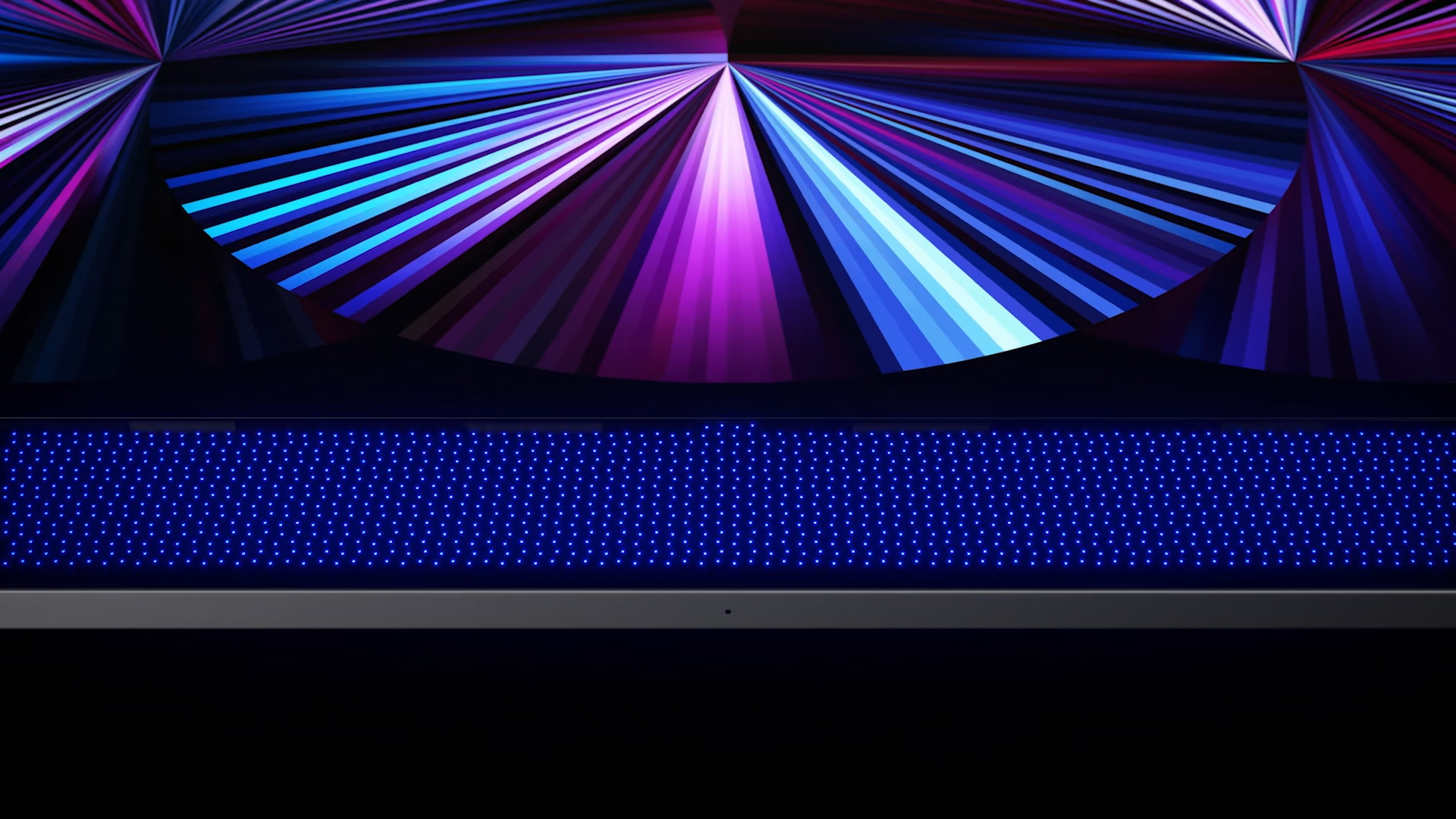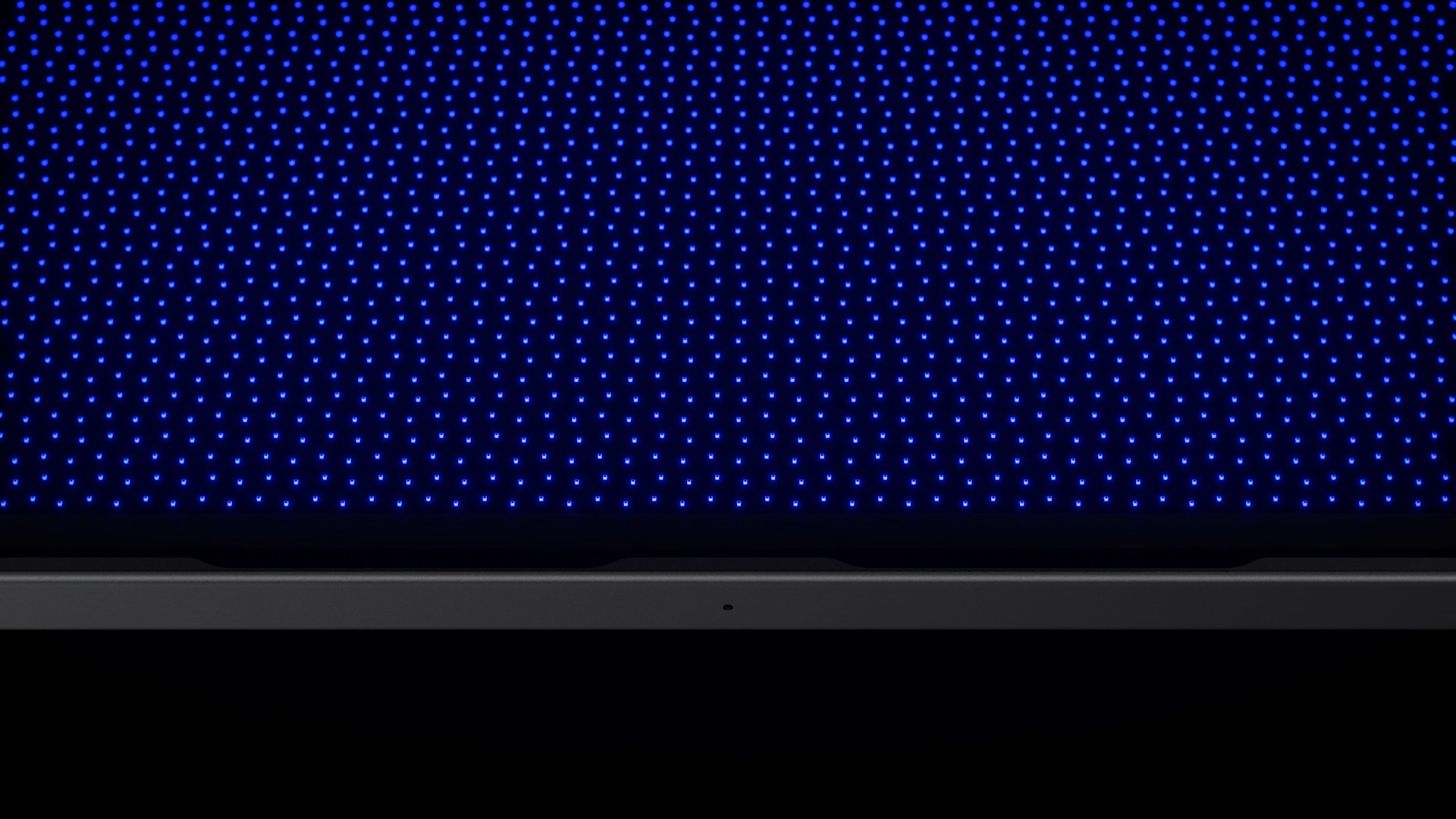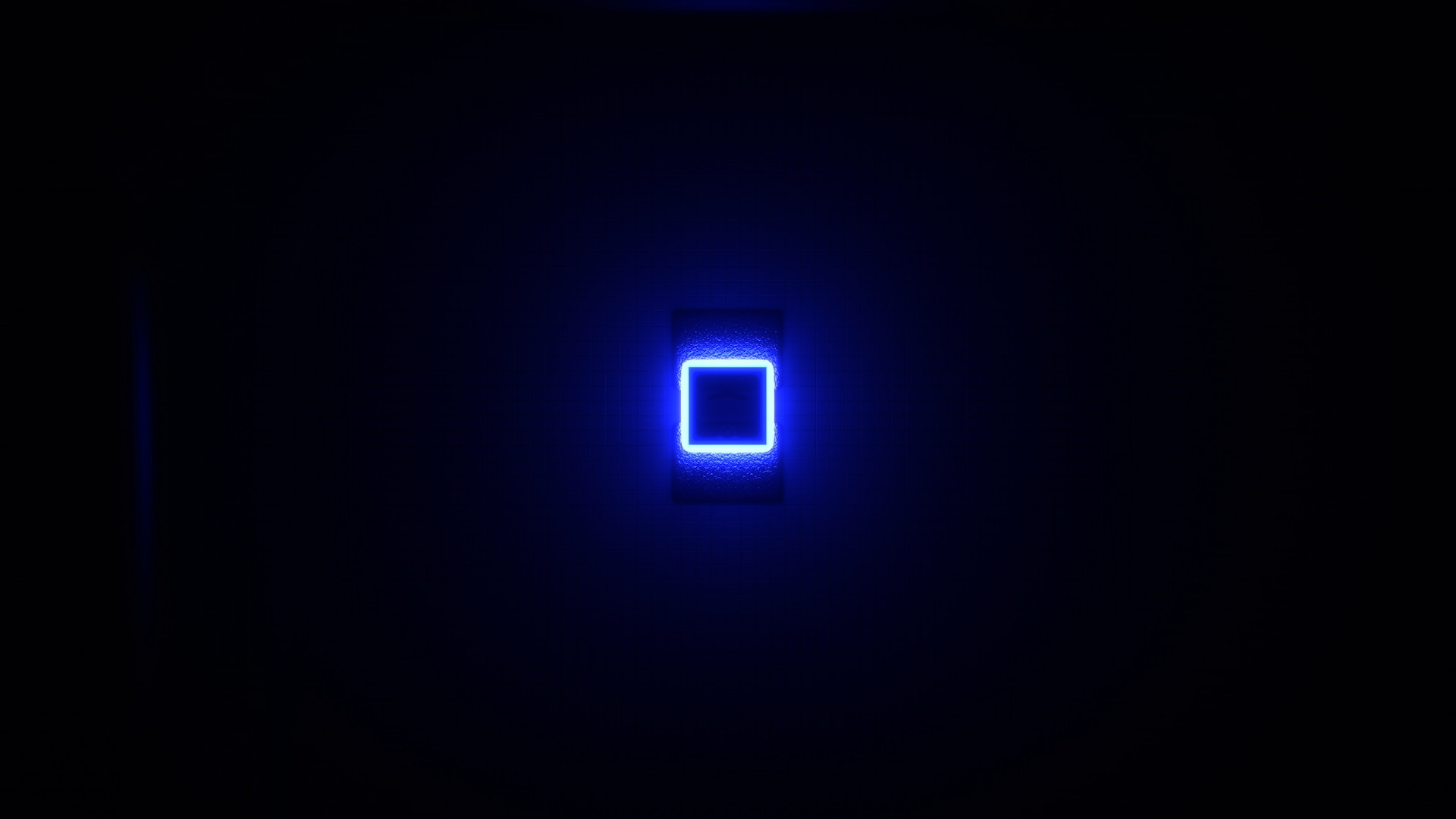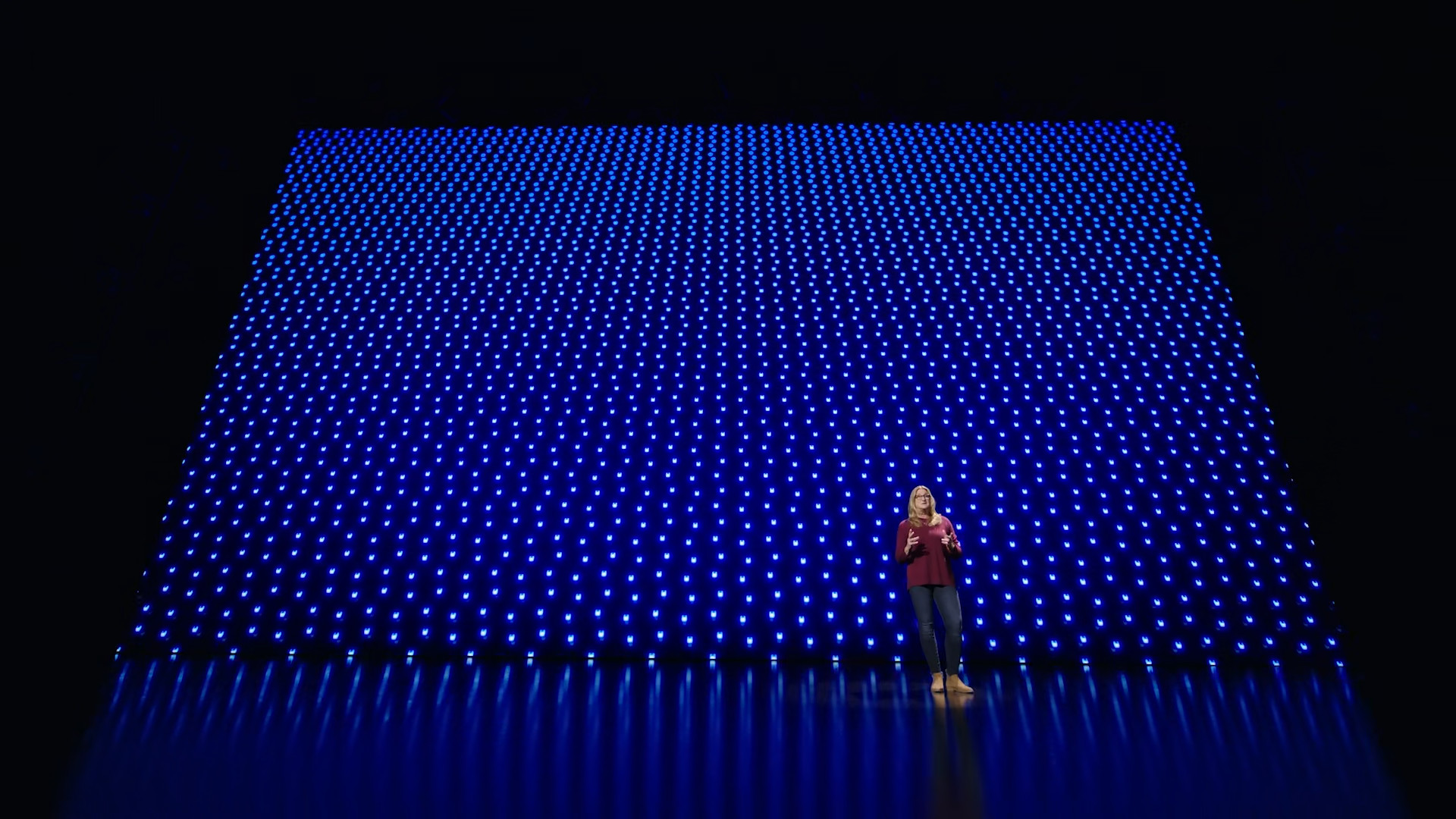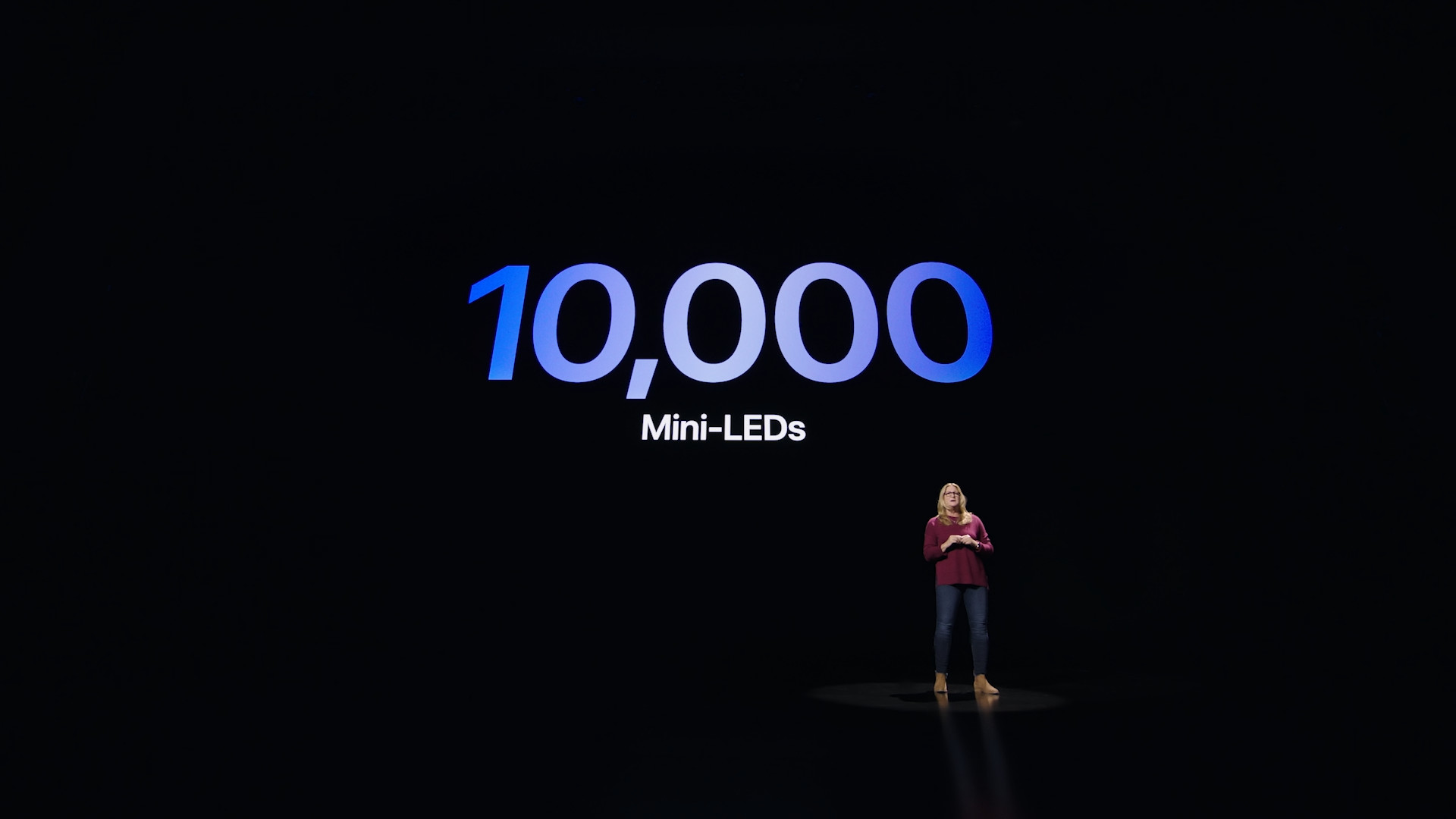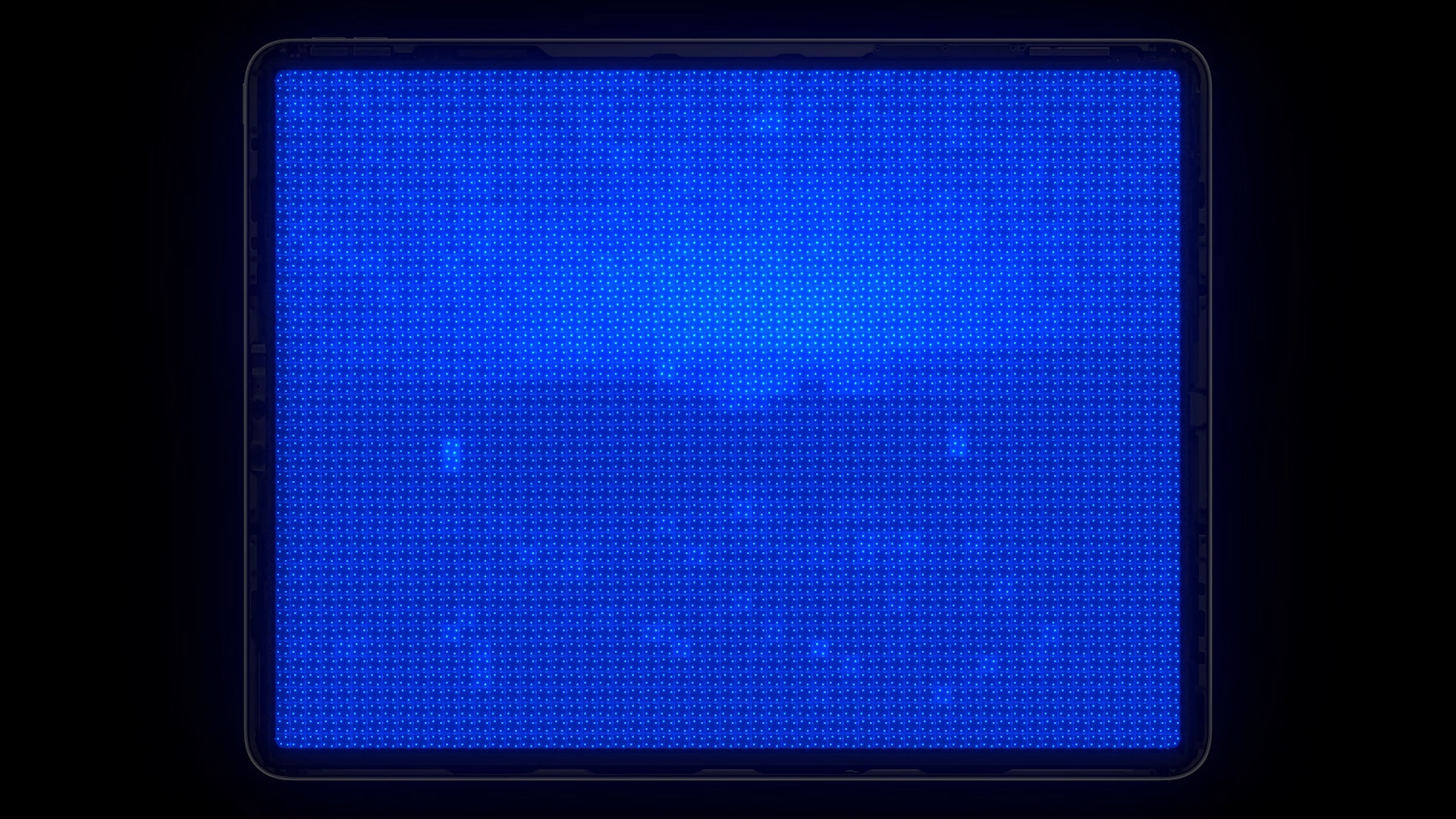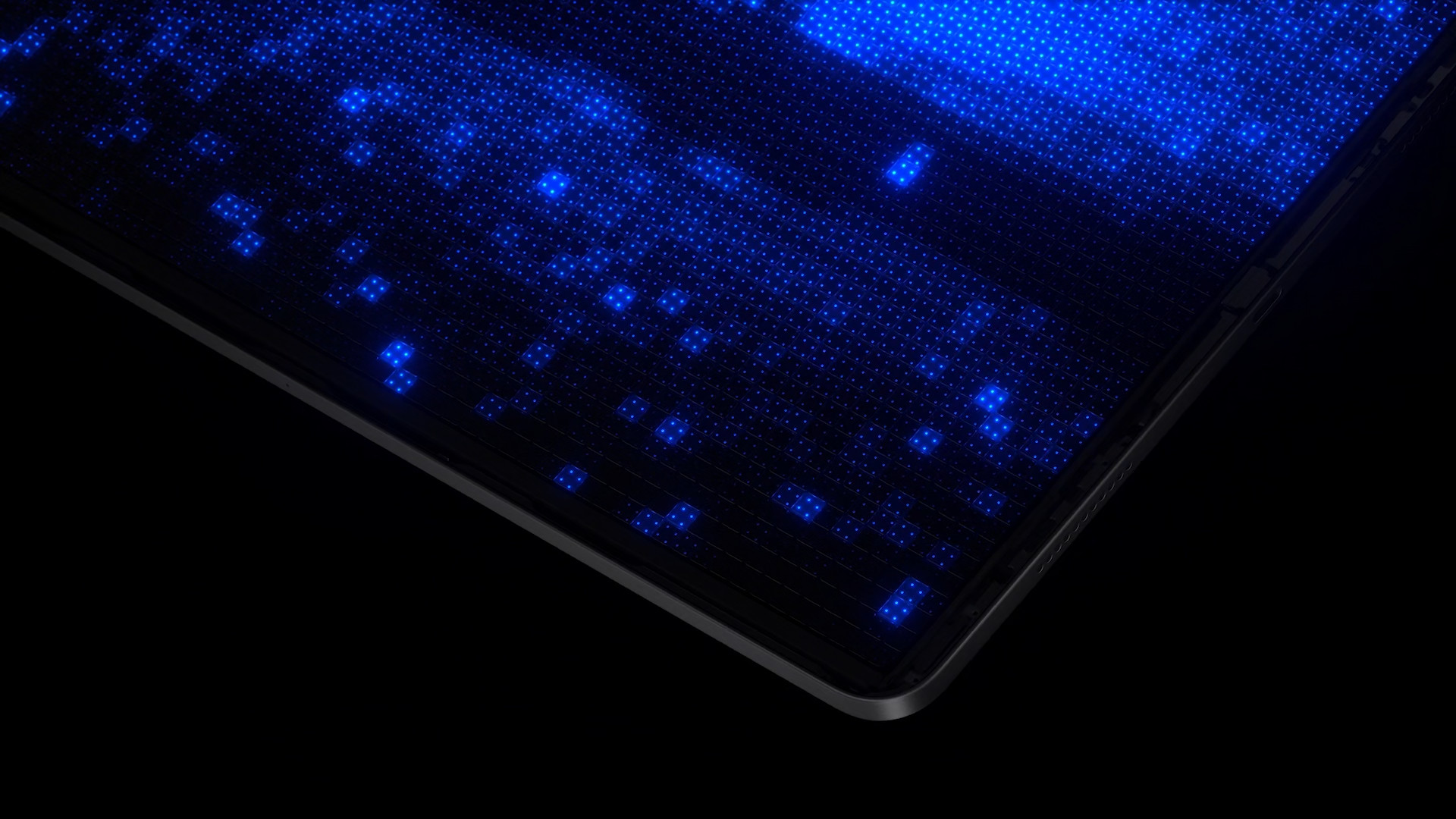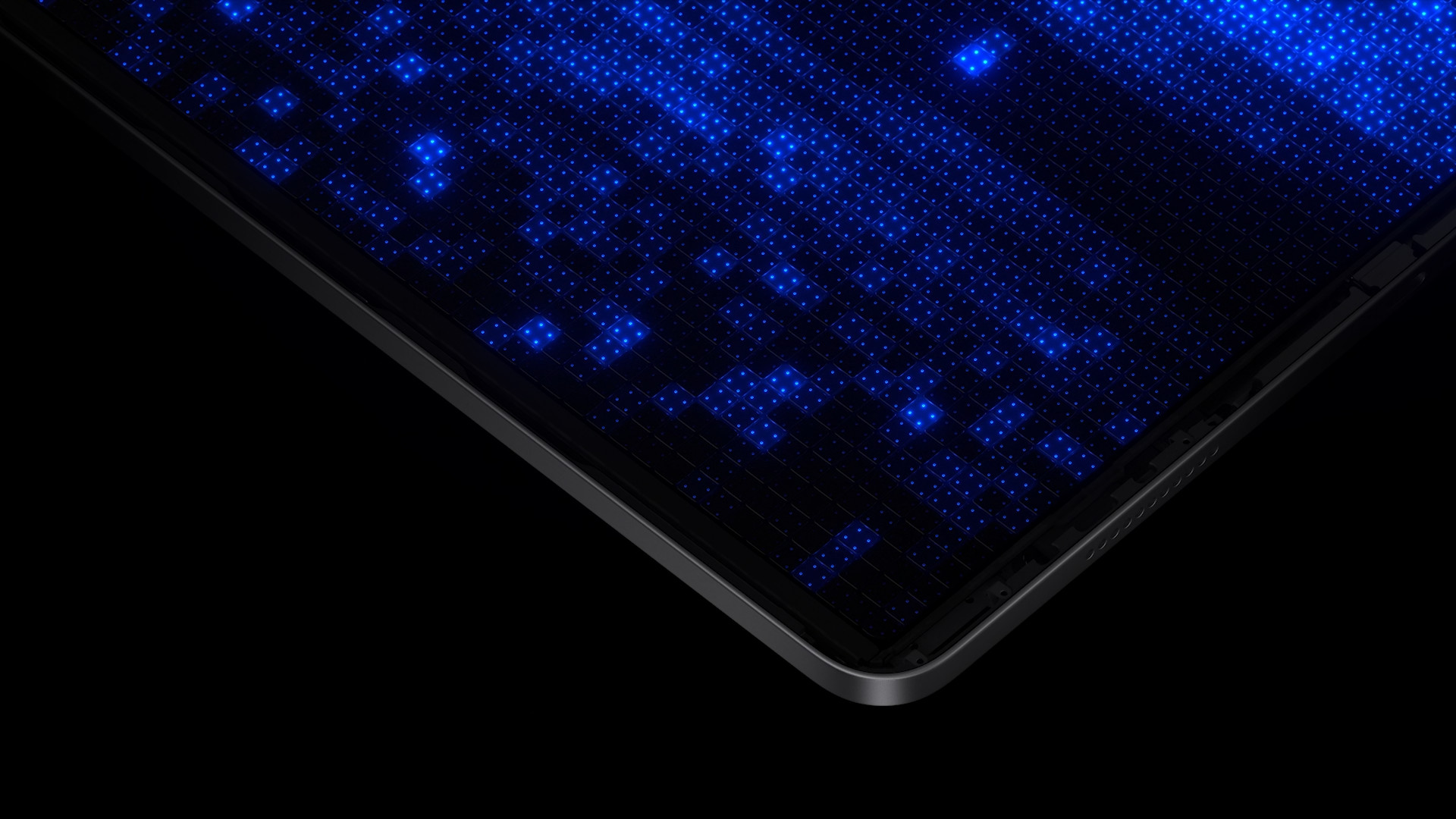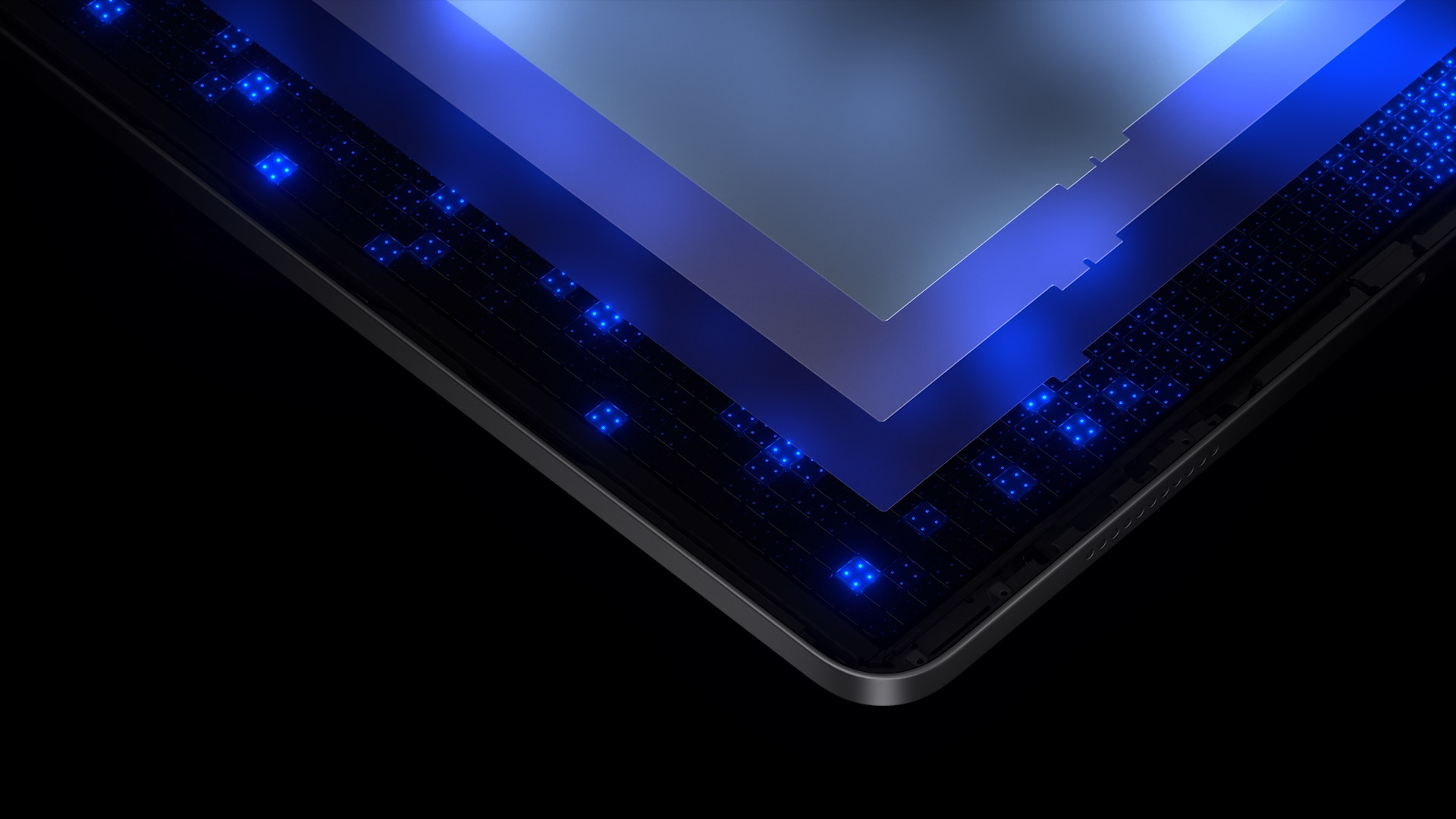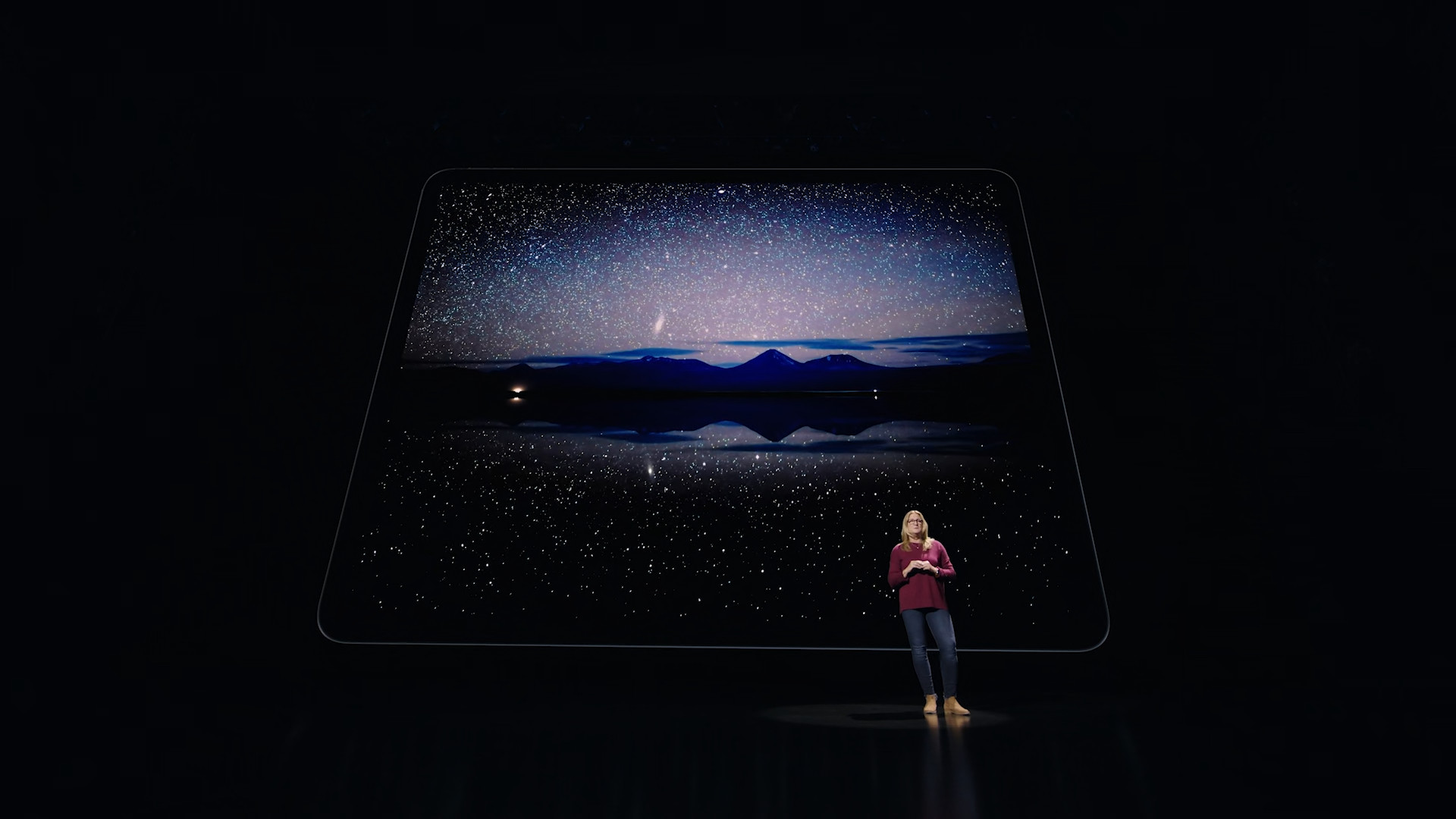On October 18, Apple has prepared its autumn keynote, at which various analysts and the general public assume that we will see the 14 and 16" MacBook Pro. Many past reports have already mentioned that some model should get a mini-LED, and that too with a 120Hz refresh rate.
Less than a week before the release of the news, of course, various things are getting stronger speculation about what the news will actually be able to do. Perhaps the most important thing is their display, because users look at it most often while working. Apple may thus get rid of the austere label Retina display, which it currently uses not only for the 13" variant of the MacBook Pro with the M1 chip, but also for the 16" model with an Intel processor. Mini-LED technology should replace them.
It could be interest you
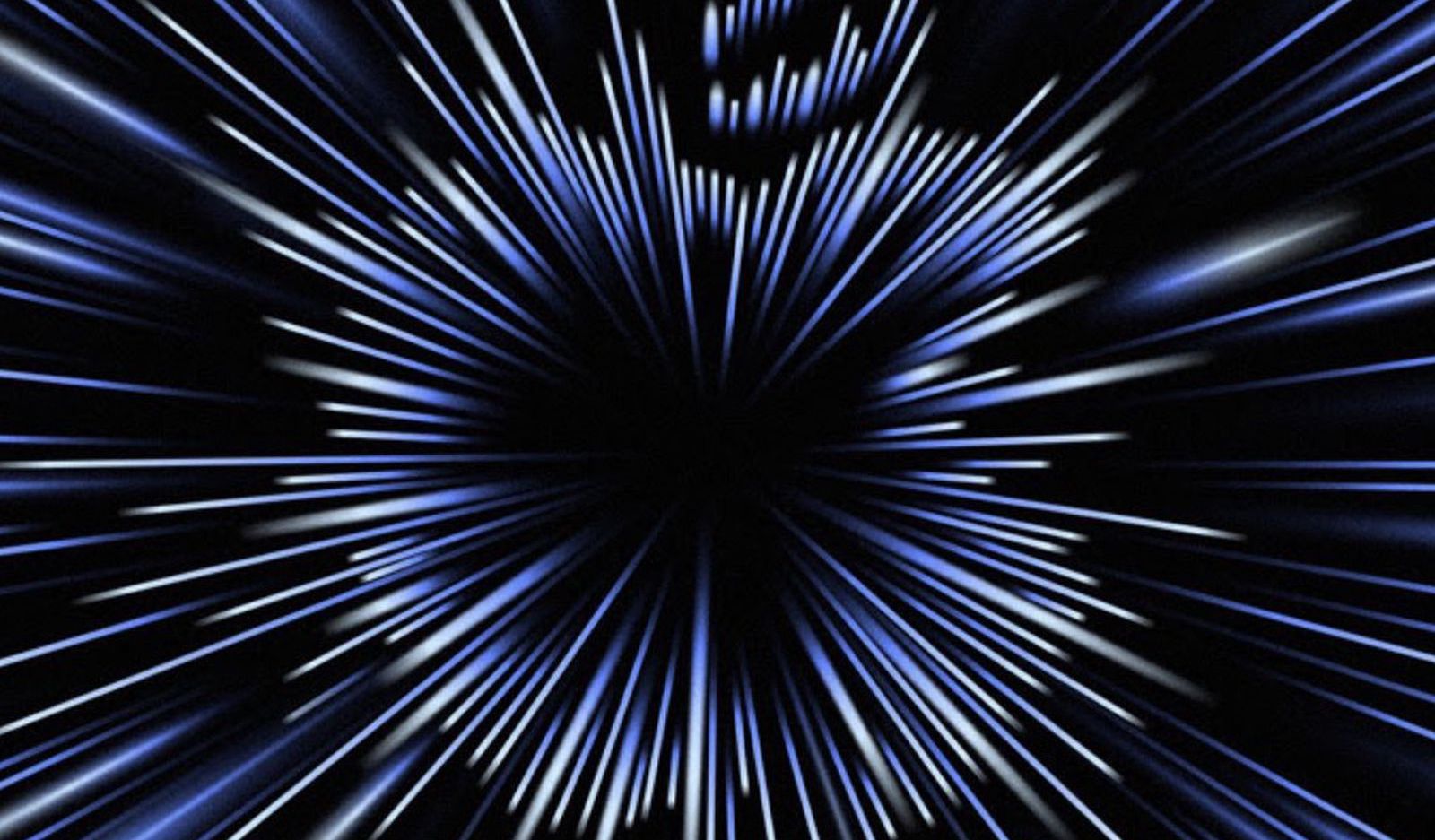
OLED is a type of LED where organic materials are used as an electroluminescent substance. These are placed between two electrodes, at least one of which is transparent. These displays are used not only in the construction of displays in mobile phones, but also in television screens, for example. A clear advantage is the rendering of colors when black is really black, because such a pixel does not have to light up at all. But this technology is also quite expensive, which is why Apple has not yet implemented this technology elsewhere than in its iPhones.
Possible appearance of the new MacBook Pro:
LCD, i.e. a liquid crystal display, is a display consisting of a limited number of colored (or formerly monochrome) pixels lined up in front of a light source or reflector. Each LCD pixel consists of liquid crystal molecules sandwiched between two transparent electrodes and between two polarizing filters, with the polarization axes perpendicular to each other. Although mini-LED technology may evoke that it has more in common with OLED, it is actually LCD.
It could be interest you
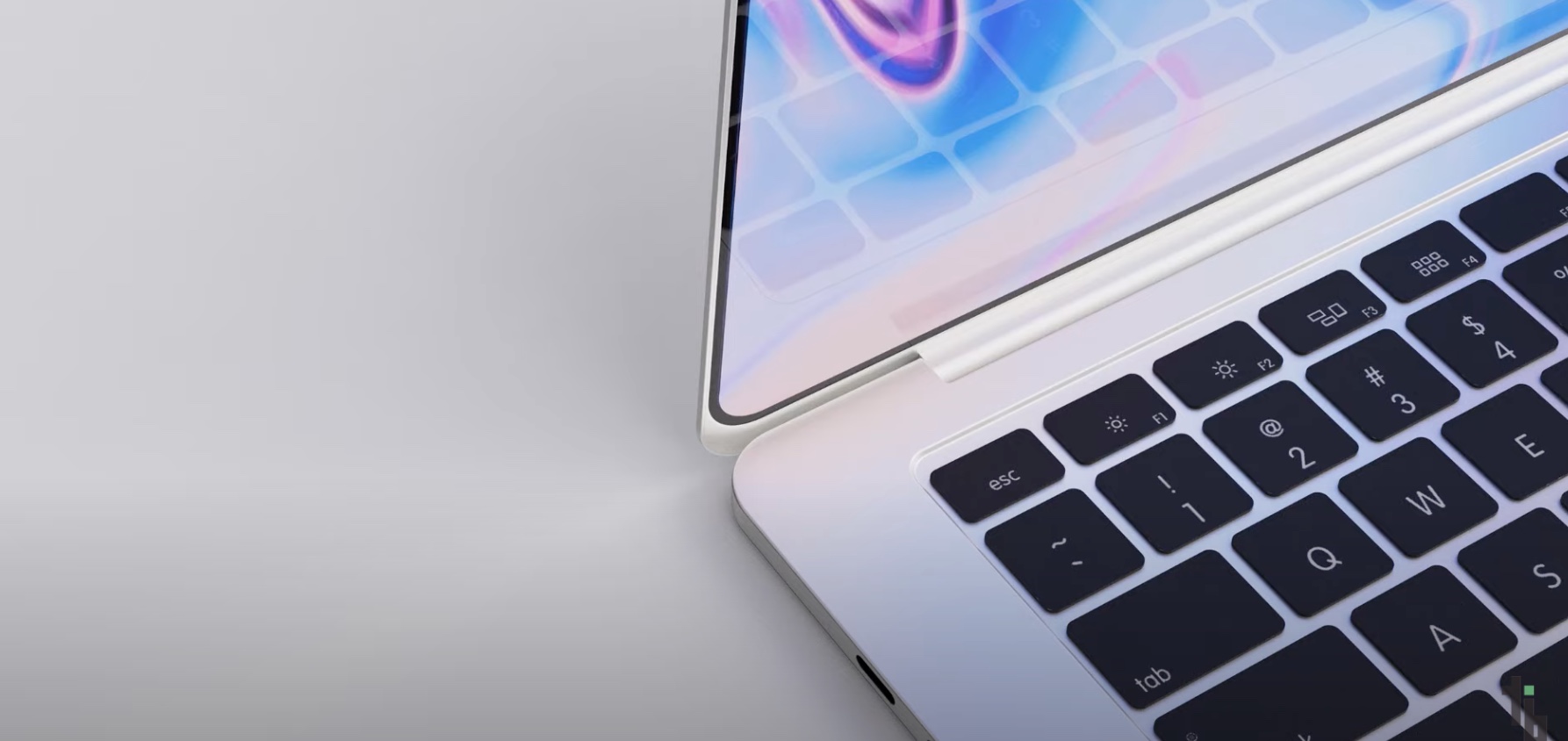
Display advantages of mini-LED
Apple already has experience with larger mini-LEDs, having first introduced them in the 12,9" iPad Pro 5th generation. But it still pays attention to the Retina label, so it lists it as Liquid Retina XDR display, where XDR stands for extreme dynamic range with high contrast and high brightness. In short, this means that such a display provides content with more vivid colors and truer details, even in the darkest parts of the image, especially in HDR video formats, i.e. Dolby Vision, etc.
The purpose of mini-LED panels is their backlight system with individually controlled local dimming zones. The LCD uses the light emanating from one edge of the display and distributes it evenly across the entire back, while Apple's Liquid Retina XDR contains 10 mini-LEDs evenly distributed across the entire back of the display. These are grouped into a system of more than 2 zones.
It could be interest you
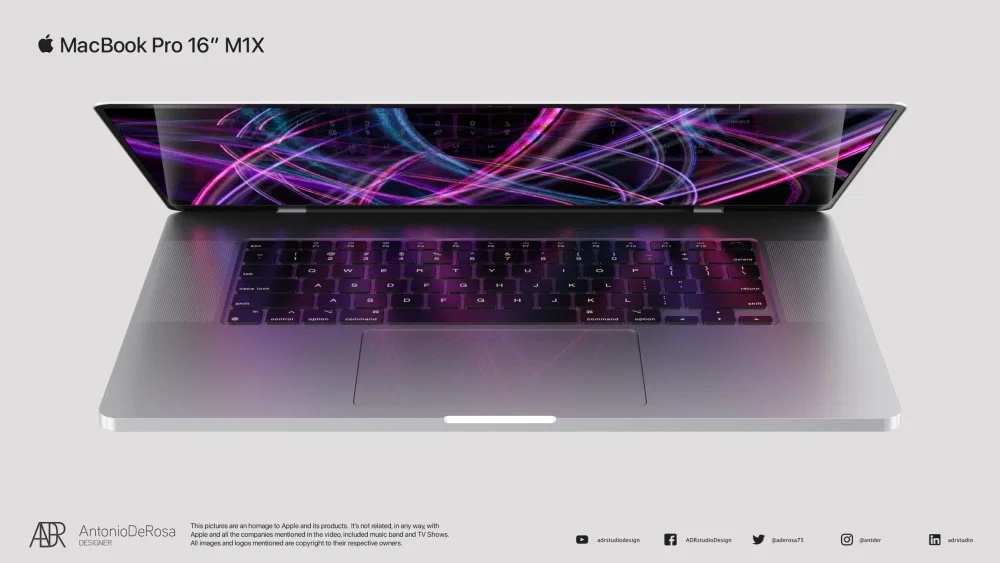
Linkage with the chip
If we are talking about the 12,9" iPad Pro of the 5th generation, it also has a mini-LED thanks to the fact that it is equipped with an M1 chip. Its display module runs the company's own algorithms working at the pixel level and independently controls the mini-LED and LCD display layers, which they consider to be two different displays. However, this results in slight blurring or discoloration when scrolling on a black background. At the time of the iPad's release, there was a rather large halo around it. After all, this property also came to be called "Halo" (halo). However, Apple let us know that this is a normal phenomenon.
Compared to OLED, mini-LED also consumes less power. Add to that the energy-saving M1 chip (or rather M1X, which the new MacBooks will probably contain), and Apple can extend the battery life even more on a single charge using the current capacity battery. This will be enhanced by the possible integration of ProMotion refresh rate, which will change according to what is happening on the display. If, on the other hand, it is a fixed 120Hz, it is clear that the energy requirements will be higher, on the other hand. In addition, the mini-LED technology is even thinner, which could be reflected in the thickness of the entire device.
 Adam Kos
Adam Kos 